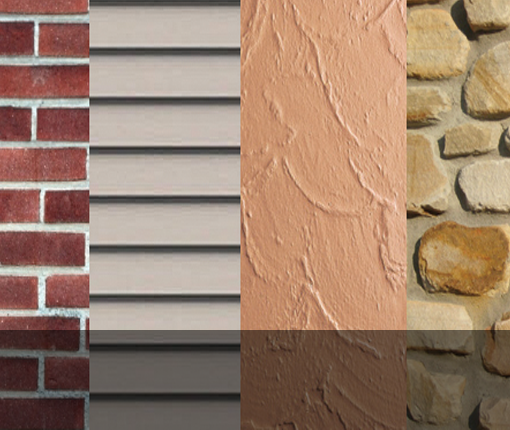How to care for your stainless steel appliances
This may sound silly, but even stainless steel needs love. Well, maybe not. But if you can’t give it love… at least you might want to give it care.
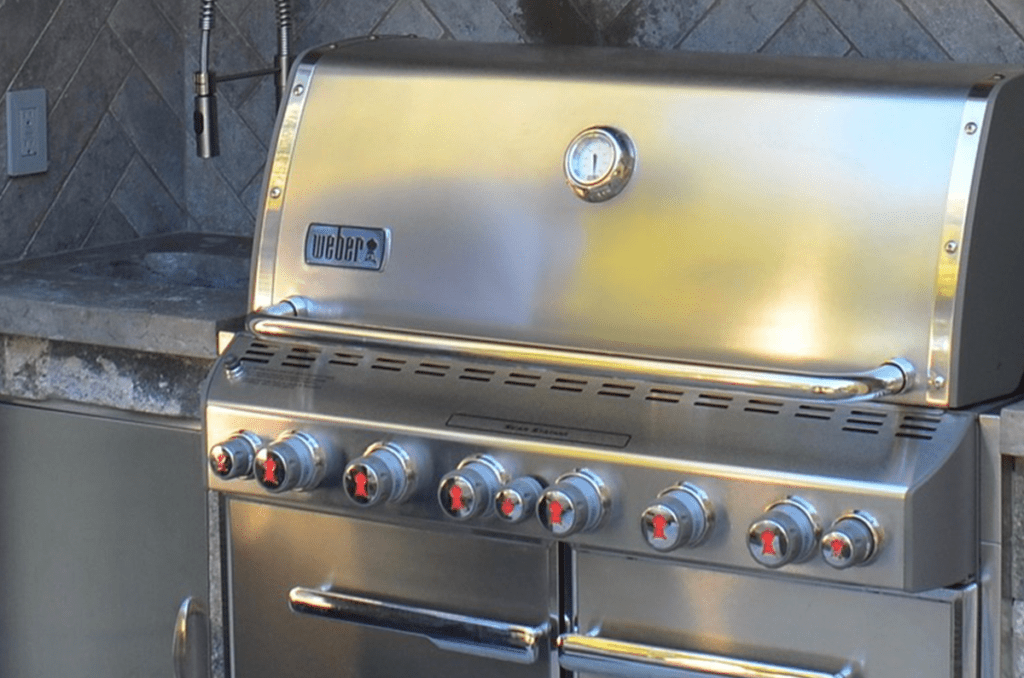
What is stainless steel
Stainless steel is a truly wonderful material and it is surprisingly new to the industrial world. It’s made from a very precise alloy of iron, nickel, chromium and carbon. The term alloy refers to metals made with blends of various elements such as this. What makes this steel alloy so special is its resistance to corrosion. Corrosion resistance comes from a chromium content of at least 10.5%, mixed with small amounts of molybdenum. Apparently, rust doesn’t like that mix.
Steel’s resistance to corrosion and pitting increases with higher amounts of chromium and molybdenum. Unfortunately, there are limits and some drawbacks to going too far with this. Increasing the amounts of chromium and moly too much can weaken and increase the brittleness of the metal. This means that there is no single magic bullet, or “best” alloy when it comes to stainless steel. The result is a multitude of special stainless grades. All these come with infinitely varying chromium and molybdenum ratios to address the many applications and environments they must operate in. Choosing, or even creating the right grade of stainless steel for the job is an important and exacting metallurgical science.
In the beginning
In 1913 Harry Brearley led a team of scientists in Sheffield, England to develop the first stainless metal alloy. Since then, more than 250 stainless steel grades have been created to meet various needs. Of all those grades, there are five basic types: Ferritic, Austenitic, Martensitic, Duplex and Precipitation steel.
The most exotic stainless
There is a sixth and fairly exotic family of stainless called Superalloys. As a homeowner, you can basically ignore these. Superalloys are much stronger and more durable than the others. They are also hard to make, very rare and thus come with extremely high prices. Space exploration, nuclear weapons and submarines apparently all need superalloys. I’m sure our military loves the stuff. However, homeowners needn’t care about it unless you are planning to build a DIY nuclear accelerator in the back yard.
The homeowner’s guide to common stainless grades
Here are the main grades of stainless steel that homeowners should know about:
304
This is a common grade of stainless steel that you see every day. 304 contains a minimum of 18% chromium and 8% nickel. It is ferrous (magnetic) and used in the manufacture of many mass market household appliances like refrigerator skins, BBQs and even the bodies of the Delorean automobile.
316
This is a slightly higher quality “marine” grade. 316 contains 16% chromium, 10% nickel and 2% molybdenum. Molybdenum helps resist corrosion from chloride (salt). Metal parts exposed to the ocean or other salt environments are perfect for 316 material. 316 stainless makes great food machinery, precision tools, surgical instruments and even jewelry. It is commonly built into boats and extremely durable outdoor rated appliances. The most durable BBQ’s are made with this type of stainless steel. See how to buy a BBQ.
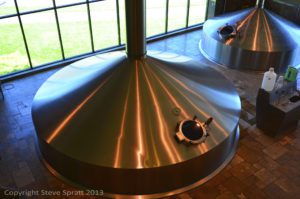
409
This material is not attractive and does not polish well. 409 stainless is the material of choice for engine exhaust systems. It is also used in applications where corrosion resistance is desired and aesthetics are secondary.
420
420 stainless has a higher carbon content than some and is thus stronger and harder. Flatware, cutlery, surgical and dental instruments, scissors, tapes and straight edges are all made from 420 stainless steel.
430
430 is not very hard or hardenable, but it has good aesthetics, corrosion resistance and formability. It is one of the few stainless materials that can be easily rolled into flat sheets and formed into shapes. Dishwasher interiors, chimney liners, wire lashings, auto trim and other decorative products are all made from 430 stainless steel.
440
Known as razor steel, 440 is a very hard and high grade stainless used for fine cutlery, knives and razor blades. 440 can be sharpened without losing its hardness, and is unaffected by food, acids and other corrosive materials. These characteristics make for long wearing, durable sharpness which is ideal for cutting edges.
904L
This is an extremely high quality, non-ferrous stainless steel. It has a bright, beautiful appearance combined with good machining properties. It is used for the manufacture of one the most sought-after wristwatches in the world, the Rolex Stainless Steel Daytona. Critical parts for top-secret US military machinery and submarines are made from 904 L stainless. Unfortunately I can’t tell you about those.
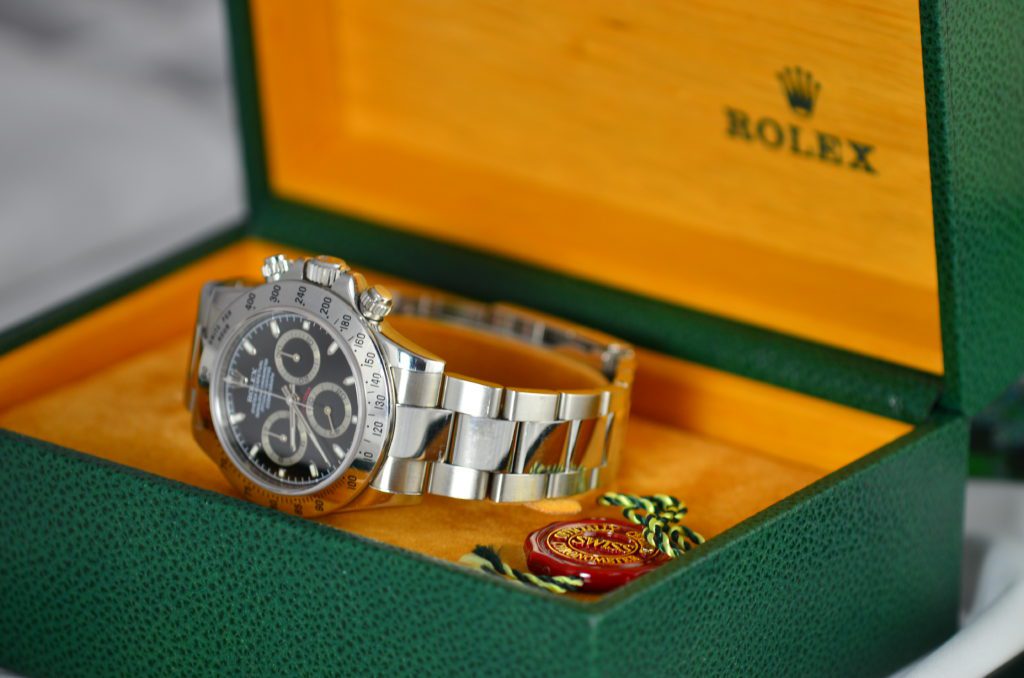
General care
When first manufactured stainless steel is ultra tough, but contamination can adversely affect its surface during later fabrication. Debris, dirt residue like free iron, grease and machining oils can all collect on the surface. These are usually microscopic and can go unseen to the human eye. These pollutants weaken the metals resistance to surface corrosion and make it more susceptible to degradation. This microscopic contamination can allow stainless steel to corrode and explains why some low-cost products will develop “rust spotting”.
Passivation
A process called “passivation” or pickling can return some corroded stainless steel surfaces back to original specifications. Passivation aggressively removes the contaminants from the surface and neutralizes any unwanted electrical charges. It then washes the material in a protective bath, and coats it with a sealer. The process is labor intensive, but it purifies and protects the surface of the stainless steel and allows the metal to protect itself. Years ago I developed a good formula for the passivation of high-quality outdoor stainless steel railings and other materials. We use it at HPS frequently for our clients with homes exposed to marine environments. If you are interested in the “pickling” process, the recipe for it can be found here.
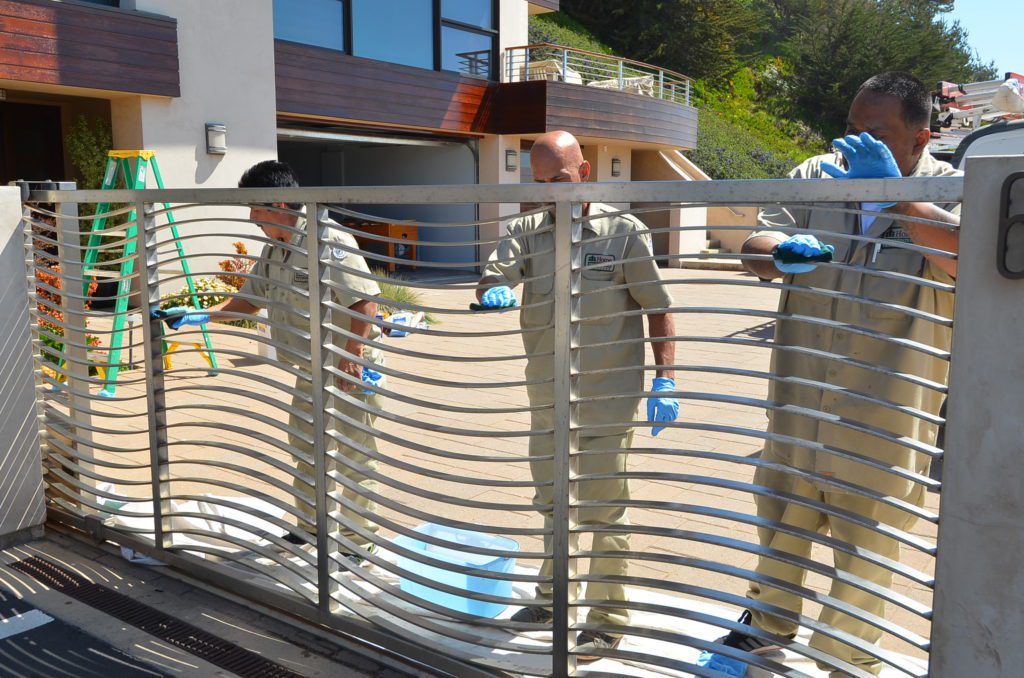
Cleaning
Do not scrub stainless steel with an abrasive. Appliances with stainless steel have a very uniform, machine applied finish. It is surprisingly easy to scratch. Any use of an abrasive will mess up the machine marks and permanently ruin the finish. Simply clean stainless steel with mild detergent, water and a soft cloth.
Also, never, ever use steel wool to clean stainless material. Its abrasiveness will ruin the machine finish and also embed microscopic particles of iron onto the surface. These particles will begin rusting almost immediately and destroy the finish. As tough as stainless steel is, the cosmetics are delicate. If you scratch or mar the surface, you may have to replace the part. Refrigerator and dishwasher fronts are often the victims of damage thanks to kids or overzealous housekeepers. It is possible to replace the damaged front “skins” on some of these appliances, but it can be expensive. Perhaps it would be better to just place a magnetic reminder over the damage. It should say “Don’t scratch me!”

